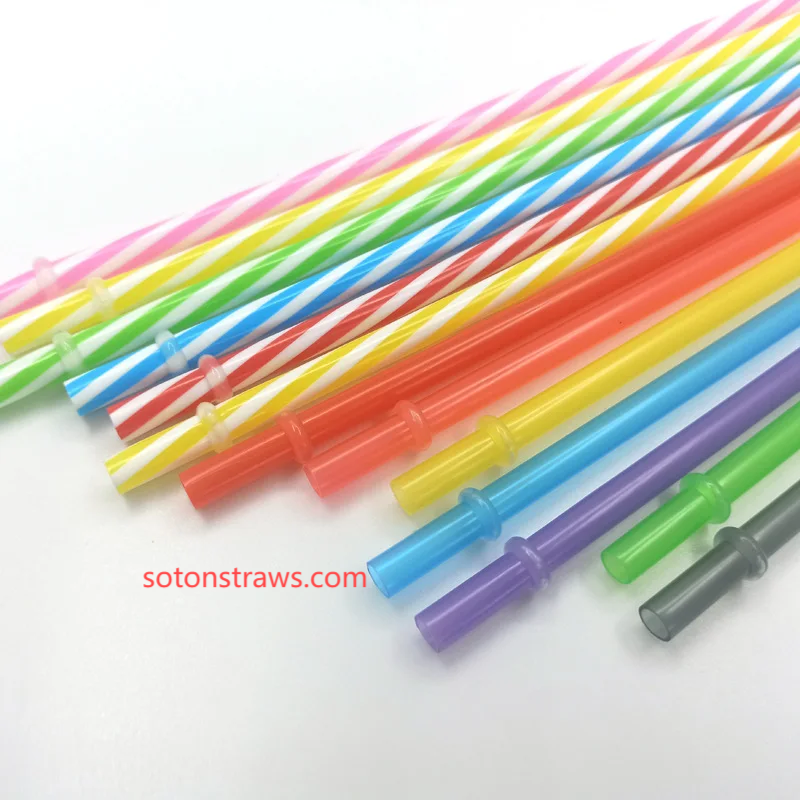The core promise of recycling lies in transforming used materials back into valuable resources. High-quality recycled polypropylene (rPP) retains significant properties close to virgin material, enabling its use in demanding applications and creating a strong market demand that drives the recycling economy. However, the quality of the input material directly dictates the value and usability of the output. When PP Straw items enter the recycling stream laden with color pigments, they act as contaminants that degrade the resulting rPP batch. Pigments, especially dark or intense ones, do not simply vanish; they remain within the recycled polymer melt. This creates a murky, often grey or brown recycled material. This discoloration severely limits the applications for the rPP. Manufacturers seeking recycled content for products requiring bright colors, clarity, or even clean white tones cannot use this downgraded material. The rPP is often relegated to lower-value uses where color doesn't matter, such as underground pipes or industrial components, significantly reducing its economic worth. Worse still, if the concentration of colored straws is high enough, the entire batch of rPP might become unsuitable for many applications altogether, diminishing the financial viability of collecting and processing polypropylene straws. The pigment doesn't just affect the straw itself; it drags down the value of all the transparent PP it's mixed with during recycling.
Furthermore, pigments can sometimes act as impurities that subtly weaken the polymer structure or alter its melting behavior during reprocessing. While polypropylene is known for its resilience, introducing foreign additives like colorants can compromise these inherent properties in the recycled form. The recycled plastic might become more brittle, less heat resistant, or have inconsistent flow properties. This makes it less reliable for manufacturers, further eroding confidence and demand for rPP derived from mixed or colored post-consumer streams. The presence of color essentially creates a cascade effect: it complicates sorting, leads to contamination, degrades material quality, reduces market value, and ultimately makes the recycling loop harder to close profitably. A transparent PP Straw, in contrast, contributes to a cleaner, higher-value rPP stream. This rPP can more readily replace virgin polypropylene in a wider range of products, including new food-grade packaging or consumer goods where aesthetics matter, truly fulfilling the promise of circularity. It enhances the overall economics of polypropylene recycling, making it a more attractive material for recovery systems. Choosing unpigmented options directly supports the development of stronger, more valuable recycled material markets.
Maximizing the circular potential of polypropylene requires mindful material choices from the start. Soton is dedicated to maximizing the value and utility of recycled polypropylene. Our specialized PP Straw manufacturing focuses exclusively on unpigmented, transparent materials designed to maintain purity throughout their lifecycle. By avoiding color additives, we ensure our straws contribute to high-grade rPP that can re-enter diverse manufacturing cycles. Partner with Soton to support robust recycling markets and genuine material circularity. Our straws offer a clear path towards sustainable resource use without compromising on the quality of the recycled output. Invest in the future of plastics with Soton's transparent solutions.Click https://www.sotonstraws.com/product/biodegradable-straws/st101-paper-straws/ to reading more information.



